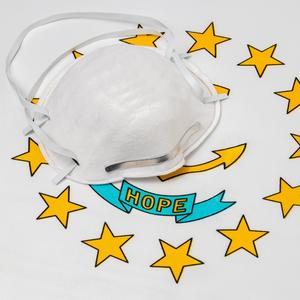
While the number 41 is commonly associated with the late President Bush, is a great tune by the Dave Matthews Band and is also a prime number, the IRS Code Section 41 is really why this integer should be looked upon favorably by startup companies and other business innovators.
IRC 41 is the section of the IRS Code containing the laws governing the federal Research and Development tax credit. Established in the code nearly 41 years ago, the R&D credit aims to reward companies for their investments and costs incurred in creating new, innovative products, methods and processes. Although the provisions of the R&D tax credit have expired and been reinstated several times over its lifespan, in 2015 the credit was made permanent and amended to significantly benefit small businesses.
Prior to passage of the PATH Act of 2015, the R&D credit was limited to being used to reduce federal income taxes. As many innovative small businesses often will not generate taxable income in their early, formative, exploratory stage, the credit was of limited or no practical use. In 2015 the potential benefit to these companies changed greatly with the provision for qualifying small businesses to utilize the credit to offset an employer’s share of F.I.C.A. payroll taxes. So, instead of accumulating the value of unusable tax credit carryforwards, these credits may now be utilized currently to preserve real, outgoing cash flows that would otherwise be disbursed to the IRS for payroll taxes. Using these R&D credit “coupons” (rather than real cash) to pay the IRS can actually make paying the government a bit enjoyable.
What types of expenses qualify for conversion to these tax credits, you ask? Well, qualified research expenses, or QREs (yes, another IRS acronym) consist of a wide-range of items:
- Wages and benefits relating to employees in R&D roles
- Supplies used in R&D activities
- Consultants, contractors and labs used in R&D activities
Although broad in appearance, R&D activities are defined as, and limited to, tasks and projects pursued to resolve technological uncertainties, are based on recognized fields of science, and relate to development of new or improved business products, processes or procedures to be sold or used in the taxpayer’s business. It is important to identify R&D activities early in the development process, and document them fully either within your accounting system or in supplemental repositories, since expenses incurred after the commencement of commercial production are non-qualifying.
If you have not yet taken advantage of your new favorite number 41, you still may be able to obtain your due benefits with the filing of amended tax returns. Your prior three years of filings are generally open for amendment — provided you can develop documentation of QREs.
Editor's Note: James Wilkinson is a partner at Marcum LLP, an accounting and advisory firm.
Disclosure: Marcum LLP is a sponsoring partner with Rhode Island Inno.








